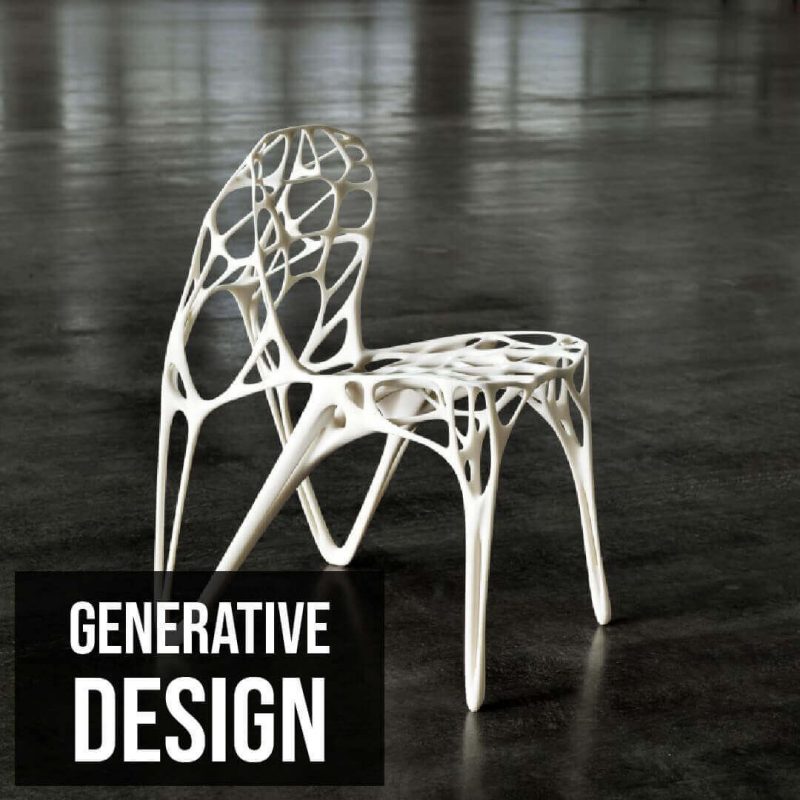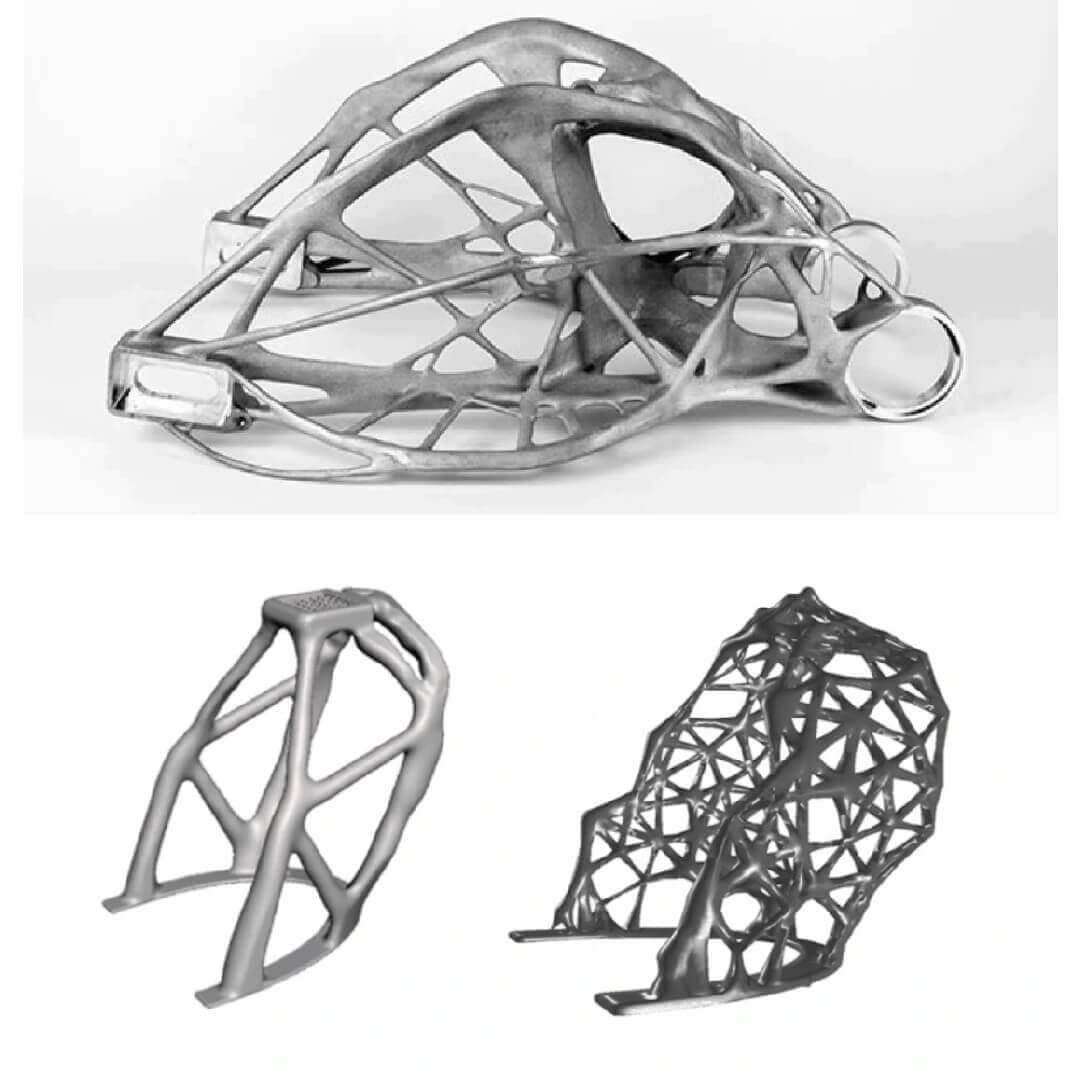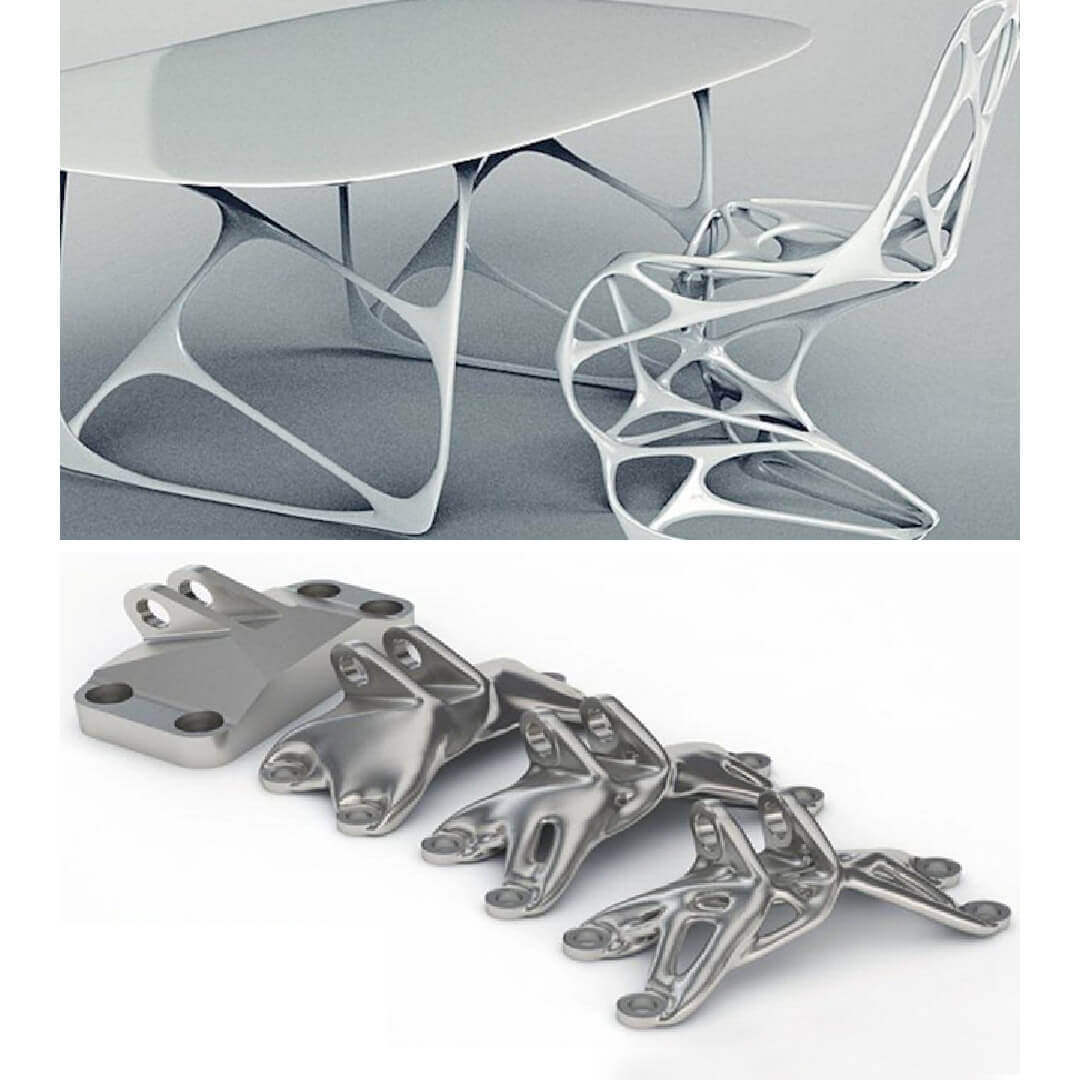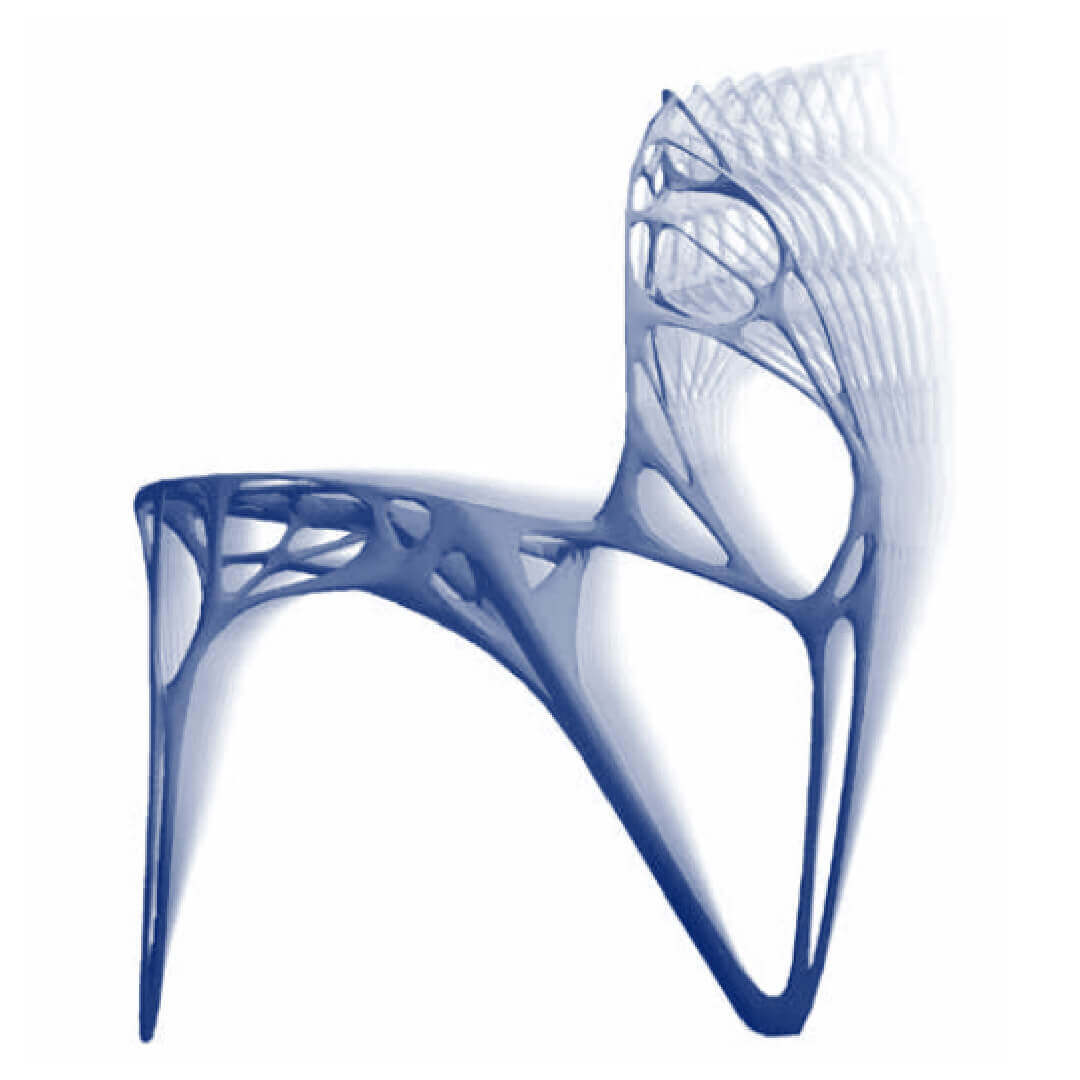
String Art Generator
String Art Generator by Yiran is a grasshopper plugin which generates a string art sequence based on an input image. You can

 The generative production techniques (e.g. additive manufacturing) are part of our reality and define new qualities in architecture and design. They offer the possibility to adapt the products, objects and spaces that surround us to our individual needs – an ostensive paradisiacal condition.
The generative production techniques (e.g. additive manufacturing) are part of our reality and define new qualities in architecture and design. They offer the possibility to adapt the products, objects and spaces that surround us to our individual needs – an ostensive paradisiacal condition.
Since we have these means and methods what are we going to produce – even more products in less time to fit our constantly changing demands? As soon as a product reaches the market it is already outdated and the value of a single product decreases more and more until it looses its significance completely.
We have to find criteria for an evolutionary process that allows for the creation of an individual, personal design with inter-subjective values.
 The information society has displaced the product society. In this sense experience, adventure and knowledge – thus information – replaces the significance of the object itself.
The information society has displaced the product society. In this sense experience, adventure and knowledge – thus information – replaces the significance of the object itself.
In addition the generative technologies bring up the questions whether this new paradigm – as part of our accelerating society – offers options for better products or will it even change our cultural understanding of products? Already the wording – Rapid Prototyping – implies an acceleration of production processes using these technologies, which goes in line with a global celerity of time in the digital age.
 Computation provides today the basis for mass-customization – the producing of goods and services to meet individual customer’s needs with near mass production efficiency.
Computation provides today the basis for mass-customization – the producing of goods and services to meet individual customer’s needs with near mass production efficiency.
At its core is a tremendous increase in variety and customization without a corresponding increase in costs. The variation within the design and production processes generates a new freedom and different demands at the same time.
Next to the possibilities of individualized manufacturing we can observe a shift from a result to process-oriented design as well as a change of design strategies from top-down to bottom-up.
 An increasing number of consumer products can be expected from the development described above and globalization even accelerates the distribution of these new products. Within this mass of products the significance becomes the crucial factor for the perception, acceptance and success of a product.
An increasing number of consumer products can be expected from the development described above and globalization even accelerates the distribution of these new products. Within this mass of products the significance becomes the crucial factor for the perception, acceptance and success of a product.
The rest remains indifferent and irrelevant, but will exist in a huge quantity – materialized and physical. The significance of a product can as well be described as the value for the user and for society in general. This brings us back to the position of the designer and his responsibility for design.
 The generative technologies support an individualized mass-customization, which could basically place everybody in the position of the designer and the producer at the same time.
The generative technologies support an individualized mass-customization, which could basically place everybody in the position of the designer and the producer at the same time.
The personal fabricator offers a generic rather than a specific production method, so everything seems possible. The design itself is on the other hand strongly connected to the possibilities of handling the 3D-modeling software.
Computational models can be used to create structures that permit adaptation, and which can therefore respond to external influences such as exposure to sunlight and wind loads, or internal influences, such as user behavior and functional sequences.
The form arises from the way in which individual parameters are connected and prioritized. Against this background design is undergoing a shift from a formal graphic process to a strategic evolutionary process, with the designer generating a system or strategy rather than a concrete result.
One advantage of this approach – aside from making visible the dependencies in the design – is that it is flexible, allowing the designer to alter the programming at any time and therefore to quickly develop and evaluate different concepts or variations for a design solution.
This makes objects and spaces, in all their complexity, more accessible and controllable for the designer.

String Art Generator by Yiran is a grasshopper plugin which generates a string art sequence based on an input image. You can

This paper by Alessandro Liuti, Sofia Colabella, and Alberto Pugnale, presents the construction of Airshell, a small timber gridshell prototype erected by employing a pneumatic formwork.

In this paper by Gregory Charles Quinn, Chris J K Williams, and Christoph Gengnagel, a detailed comparison is carried out between established as well as novel erection methods for strained grid shells by means of FE simulations and a 3D-scanned scaled physical model in order to evaluate key performance criteria such as bending stresses during erection and the distance between shell nodes and their spatial target geometry.

In this paper by Frederic Tayeb, Olivier Baverel, Jean-François Caron, Lionel du Peloux, ductility aspects of a light-weight composite gridshell are developed.
Parametric Ideas for Architects @2025